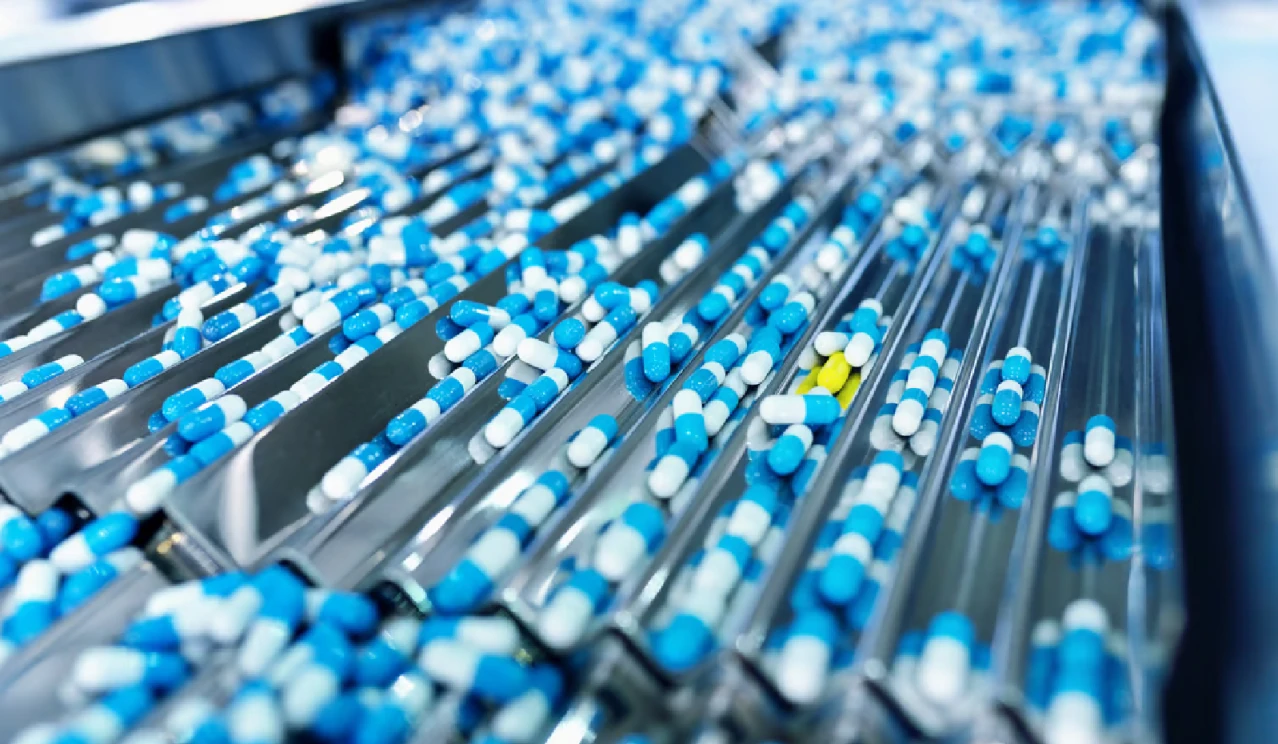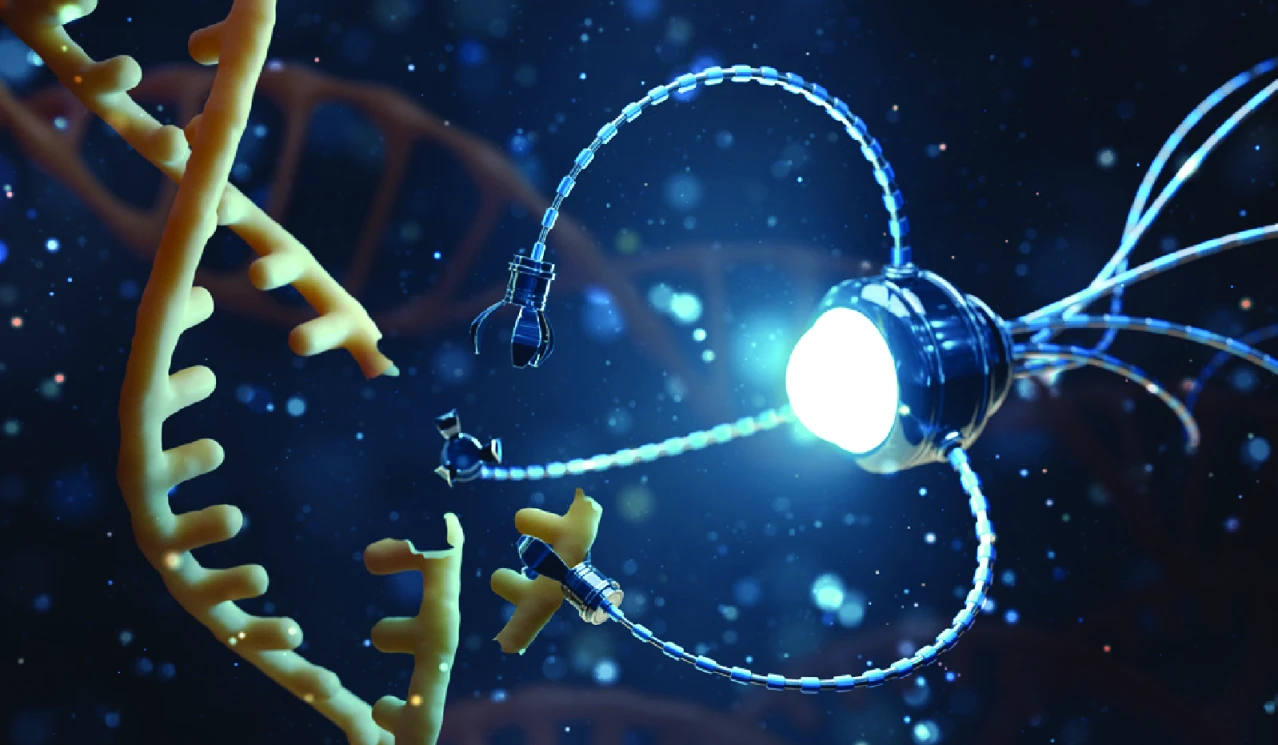According to the study, nanoplastics derived from single-use plastic bottles (SUPBs) contribute to the spread of antibiotic resistance (AR).
Key findings of Study
- Nanoplastics and microorganisms coexist in diverse environments, including the human gut.
- Polyethylene Terephthalate Bottle-derived Nanoplastics (PBNPs) can facilitate the cross-species gene transfer from E. coli to Lactobacillus acidophilus, a significant beneficial bacteria found in human gut microbiota, through a process called horizontal gene transfer (HGT).
- HGT is the movement of genetic information or material between organisms (except for those from parent to offspring).
- Two mechanisms through which PBNPs facilitate AR gene transfer include:
- Direct transformation pathway, in which PBNPs act as physical carriers, transporting AR plasmids across bacterial membranes.
- Outer Membrane Vesicle (OMV) – Induced Transfer Pathway, in which PBNPs induce oxidative stress and damage to bacterial surfaces, increasing OMV secretion facilitating gene transfer.
About Nanoplastics
- Nanoplastics are solid particles of synthetic or heavily modified natural polymers with sizes between 1 nm (nanometer) and 1000 nm.
- Sources: Primary sources like cosmetics, paints, drugs, electronics, and secondary sources from breakdown and fragmentation of microplastics.
- Impact: More easily penetrate cells and tissues in living organisms, and have been found in human blood, liver and lung cells, and in reproductive tissues.





